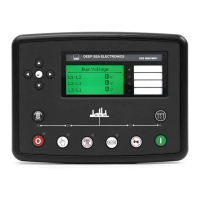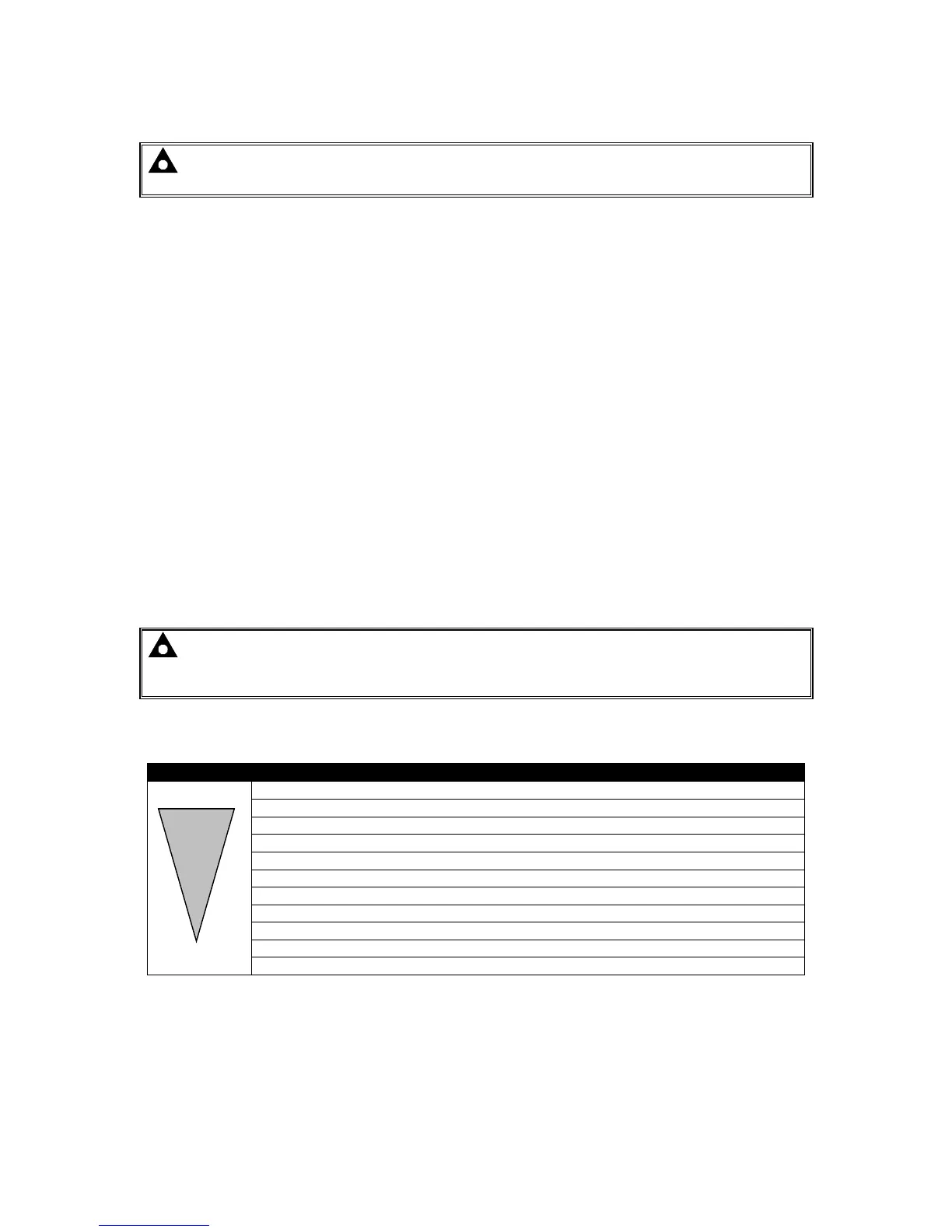5.6 MULTIPLE MAINS OPERATION
NOTE: At no time are the generators paralleled with more than one mains supply.
Paralleling with mains supplies is always taken in turn.
In a multiple mains system, the generator sets are controlled by more than one DSE8660 MKII mains
controller and used to provide power to multiple loads.
Should one or more of the mains supplies fail, the generators (controlled by DSE 8x10 modules) are
started and supply power to the load. If more than one mains supply has failed, the loads are
transferred to the generators one by one.
The 8610 controllers share power equally on a percentage basis with the other generators in the
system.
• If one mains supply returns, the DSE8660 MKII connected to that mains supply synchronises
the generators with the mains and affect a no-break changeover. The generators continue to
supply power to the remaining loads.
• If more than one mains supply returns at the same time, then the DSE8660 MKII with the
highest priority takes control of the generators and affect a no-break changeover back to the
mains supply. The remaining DSE8660s operate in priority order providing no-break returns
back to their respective mains supplies.
If the generators are ‘peak-lopping’ with one mains supply, and another mains supply fails, dependent
upon module configuration, the generators either:
• Continue to peak-lop as before. The load with the mains supply that has failed remains
without power.
• Cease peak-lopping and backup the failed mains supply.
5.6.1 8660 PRIORITY
NOTE: If a DSE8660 MKII requests to control the generators (either automatically or
manually) it will not be allowed to do so until higher priority 8660 controllers have relinquished
control over them.
Where more than one DSE8660 MKII controller is present, they determine which one is to take control
over the generators. The following table shows how this priority decision is made.
HIGHEST
Auto mode, mains failed, bus not on load
Auto mode, mains has returned
Auto mode, mains failed, bus on load
Auto mode, mains available, requesting control over generators
Test on load mode
Manual mode, sets running or about to run (start button has been pressed)
Auto mode, mains available
Manual mode, sets not running (waiting for start button to be pressed)
Stop mode
LOWEST
Where two or more DSE8660 MKII controllers have the same conditions in the table above, the ‘Set
Priority’ configuration setting comes into effect. If two or more DSE8660 MKII controllers have the
same priority number, an electrical trip alarm is generated - Priority Selection Error - and the priority
numbers must be changed before the system operates.
For typical one line diagram of a multi-mains system, see the section entitled “Typical system
schematics” elsewhere in this manual.

